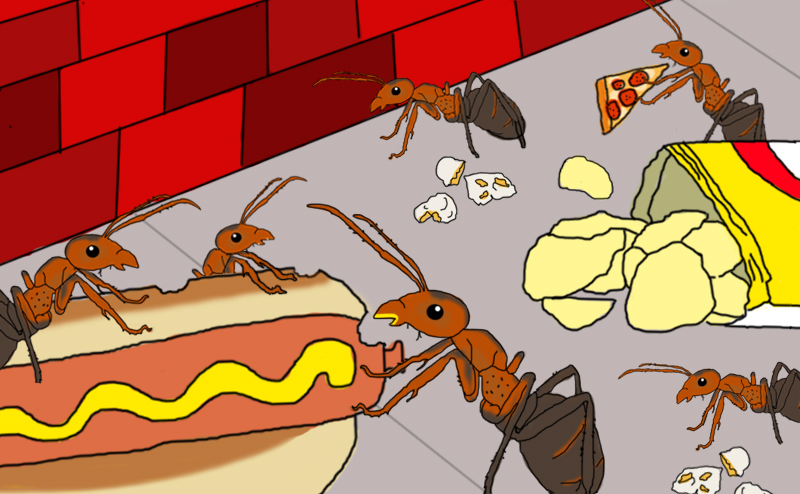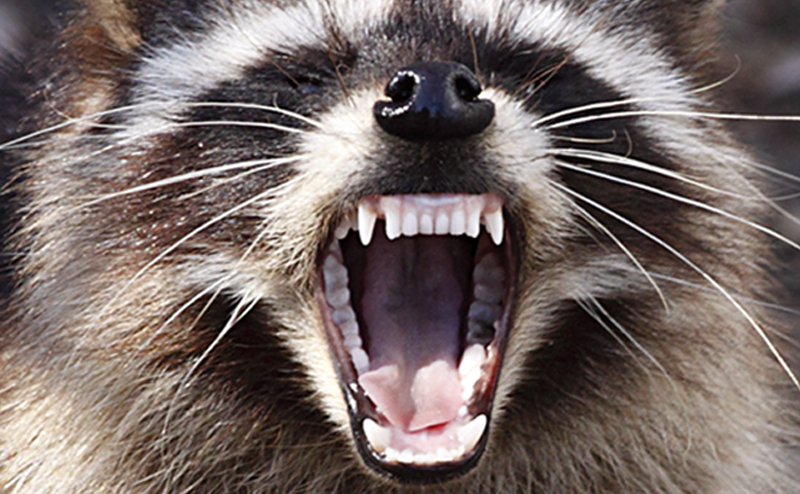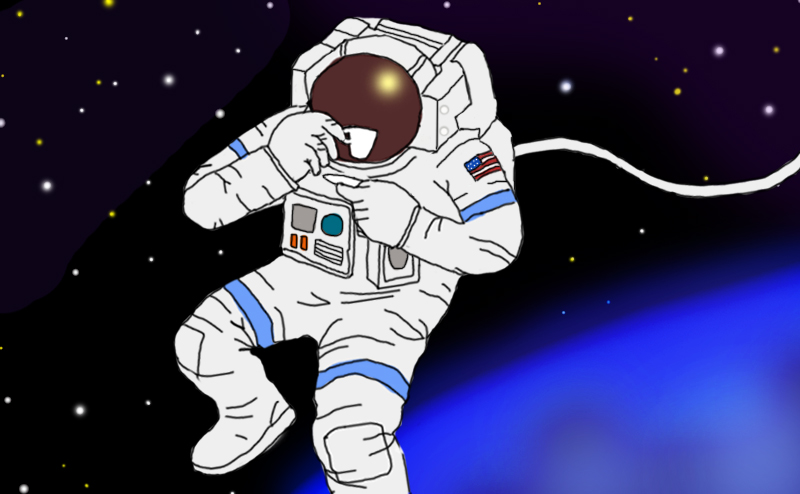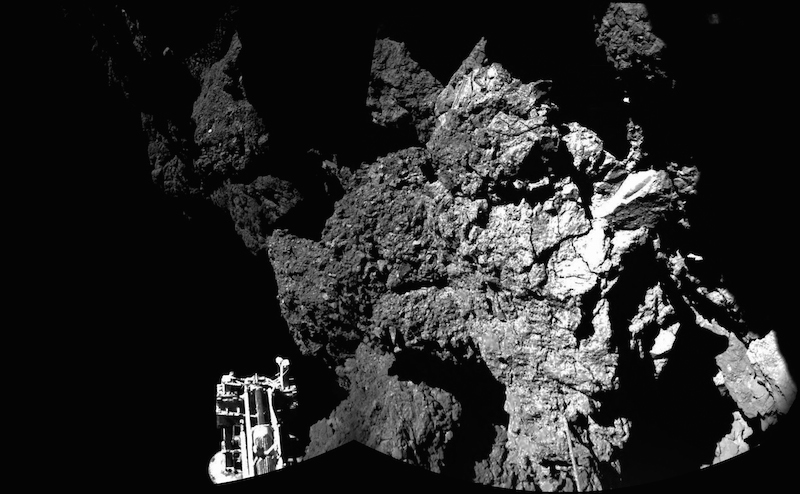Articles
Seven days; lots of science in the news. Here’s our roundup of this week’s most notable and quotable items: The first test flight of the Orion capsule—NASA’s Apollo-like module designed to be the next thing in manned space exploration—was beset by weather-related delays and glitches, but successfully lifted off on Friday. Zig-zag marks scratched into a shell about 500,000 years ago, likely by a member of Homo erectus, may be the earliest example of hominid carving. You can probably see infrared light, to some degree. Geckos still stick to surfaces after they die. Playing just a single season of high school football was found to cause changes in the brain—more so in heavy hitters—even if kids don’t suffer concussions. The 3D printer on the International Space Station spat out its first creation: A replacement part for the 3D printer. It was discovered that Earth is protected by an invisible barrier that keeps high-energy electrons from smashing into our atmosphere. HIV may be evolving into a less virulent virus that is slower to cause AIDS. Researchers developed a camera that captures 100 billion frames per second, which they claim is the fastest ever. 2014 is shaping up to be the hottest year on …
Read MoreWhen we talk about studying, controlling, or just plain worrying about pandemics, we usually think of our own, human diseases. But many other species face existential threats as well. In the wild and on the farm, through climate change, human agency, and other causes, deadly diseases and conditions are ravaging specific animal communities. Here are eight of the scariest diseases plaguing the animal kingdom today.
Read MoreSeven days; lots of science in the news. Here’s our roundup of this week’s most notable and quotable items: 90 percent of the galaxies in the observable universe may be unfit for life, thanks to gamma ray bursts. A 1,700-year-old cemetery was unearthed along the trail of the ancient Silk Road. Researchers videotaped a ‘black seadevil’ (genus Melanocetus), a type of deep-sea anglerfish, in the wild for the first time ever. Global warming may make it harder for airplanes to take off—and, consequently, further restrict the amount of luggage you can bring aboard. Vultures may use bacteria that are normally toxic to other animals—along with their exceptionally acidic stomachs—to help them digest rotten flesh. Automatic hand dryers are spewing lots of bacteria onto you along with all that hot air. Cheerful people tend to think they are quite empathetic compared to other people, but they really aren’t. Climate change may endanger bees in northern Europe—warmer temperatures will allow an exotic gut parasite of the insects to thrive. Dark energy could be chowing down on dark matter, and slowing the expansion of the universe in the process. Scientists used a Blu-ray disc of a Jackie Chan movie to make a solar …
Read MoreSeven days; lots of science in the news. Here’s our roundup of this week’s most notable and quotable items: CERN physicists found two never-before-seen subatomic particles: Xi_b’- and Xi_b*-, both of which are baryons—a class of particle that includes protons and neutrons. Researchers spotted what might be the first confirmed orphaned black hole—kicked out of its galaxy by a celestial collision—lying 90 million light years away from Earth. In just ten seconds of kissing, couples were found to exchange about 80 million bacteria. The Philae lander found organic molecules on Comet 67P—but as that just means there are molecules with carbon on the comet, it’s not something to get excited about just yet. Tianhe-2 remains the world’s fastest supercomputer, performing calculations at 33.86 petaflops (nearly 34 quadrillion floating-point operations per second) in a recent speed test. Young male fur seals are sexually harassing penguins on Marion Island, which lies between South Africa and Antarctica. Children adopted from China may not remember the language of their birth country, but their brains still respond unconsciously to Chinese more than a decade later. This past Tuesday was the coldest November morning recorded in the U.S. since 1976, with a national average of 19.5 degrees Fahrenheit and all 50 states registering temperatures of 32 degrees or below. Bankers …
Read MoreSeven days; lots of science in the news. Here’s our roundup of this week’s most notable and quotable items: Rosetta mission scientists succeeded in landing the Philae probe on Comet 67P/Churyumov-Gerasimenko, although a slightly rough landing left the lander tilted and its long-term hold on the comet in doubt. More and more studies are investigating the connection between gut bacteria and mental health. But a lot of research into our microbiome—the collection of bacteria and viruses living in our bodies—may be heavily skewed by contamination in lab equipment. Jupiter’s Great Red Spot might be a planetary form of sunburn. Scientists made a device that allowed human participants to turn on genes in mice with their brainwaves. Using robotic underwater gliders, researchers figured out that Antarctic glaciers are melting from the bottom up. Promiscuity among females in some mammal species may be a defense against infanticide. “Bio-drones” made mostly of fungus and bacteria are in development; if they crash, they biodegrade and leave almost no trace behind. Researchers found that fast food chains are more likely to target ads towards children in black neighborhoods. A mysterious fungal disease is spreading among wild snakes. The urge to cry when you’re intensely happy might serve the same purpose as the urge to crack jokes when you’re sad—it helps restore …
Read More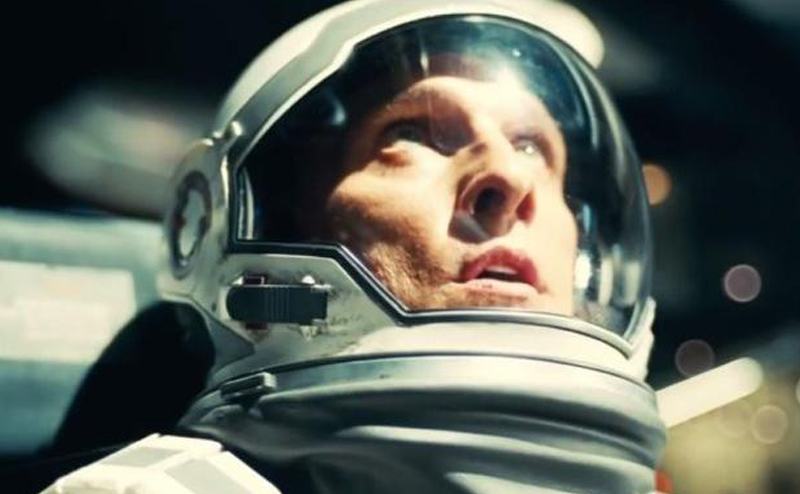
I watched Interstellar and came out deeply disappointed. Since then, I’ve read many other reviews, of both the science and the filmmaking, and I keep thinking maybe I’m being too hard on the film. Yeah, some of the science was bad. A lot of movies have bad science, and this one also had a lot of really good science. And it’s just a movie! So maybe I should give it a pass. Maybe I should say, “It did a really great job explaining relativity!” (which it did) and leave it at that.
Read More






